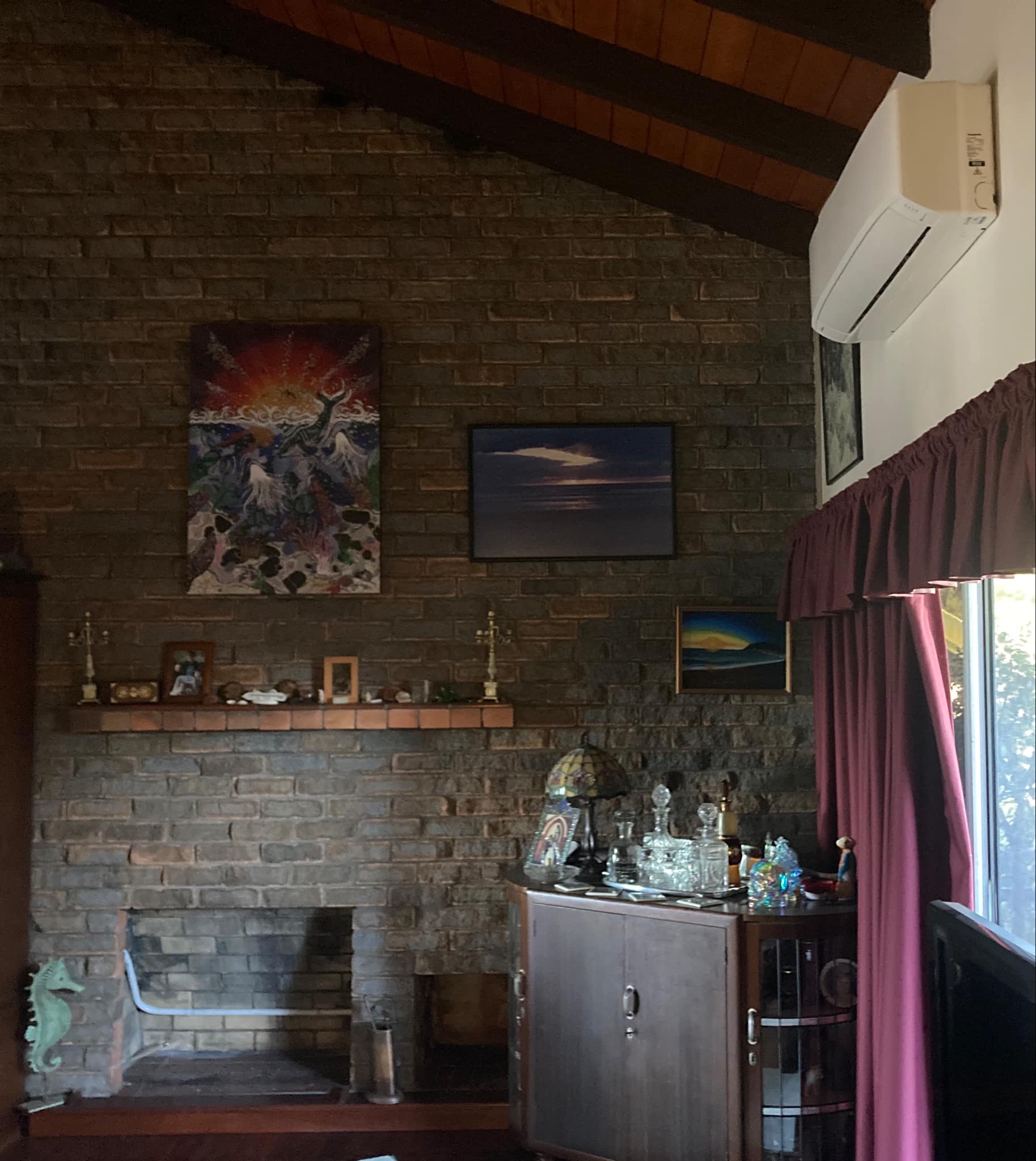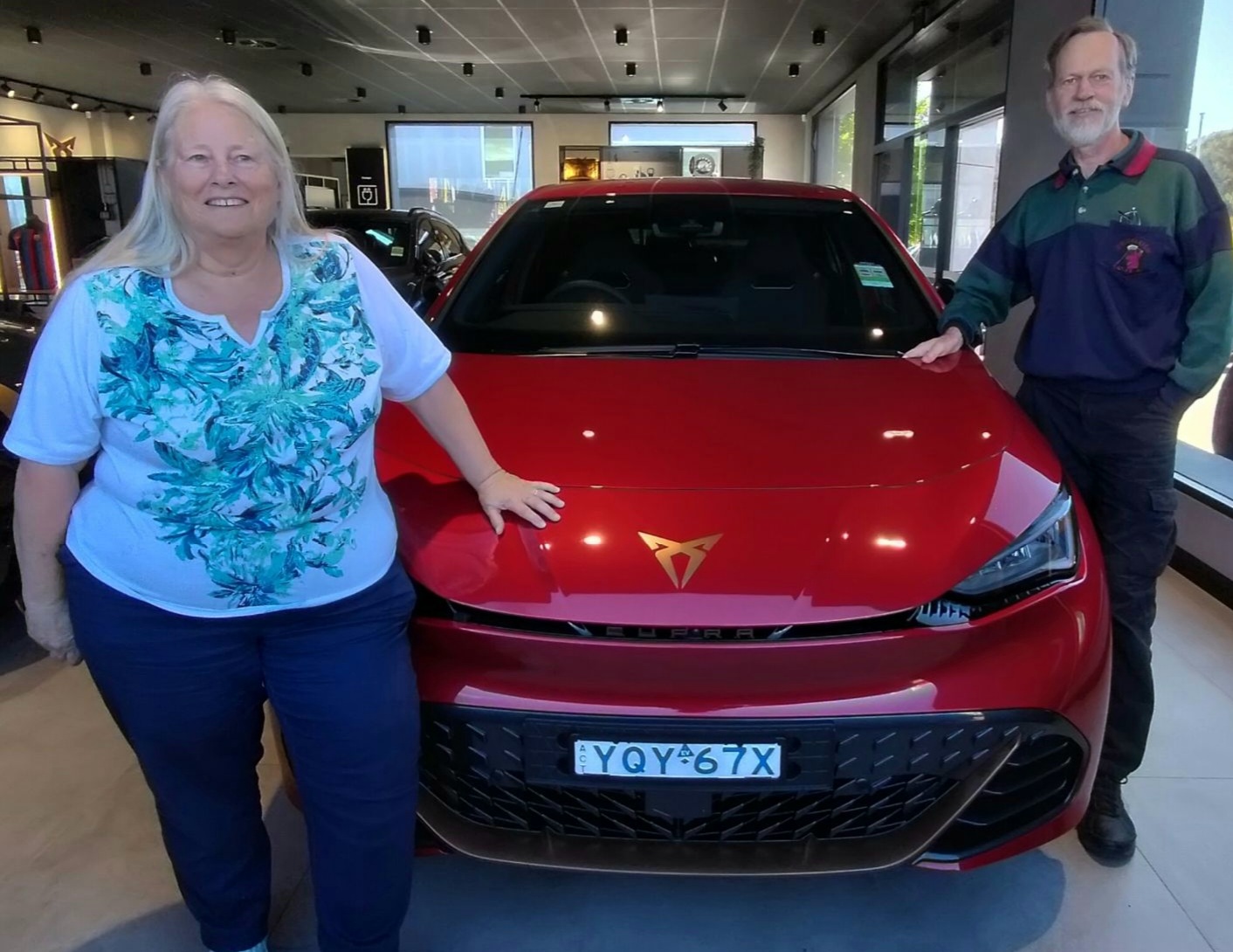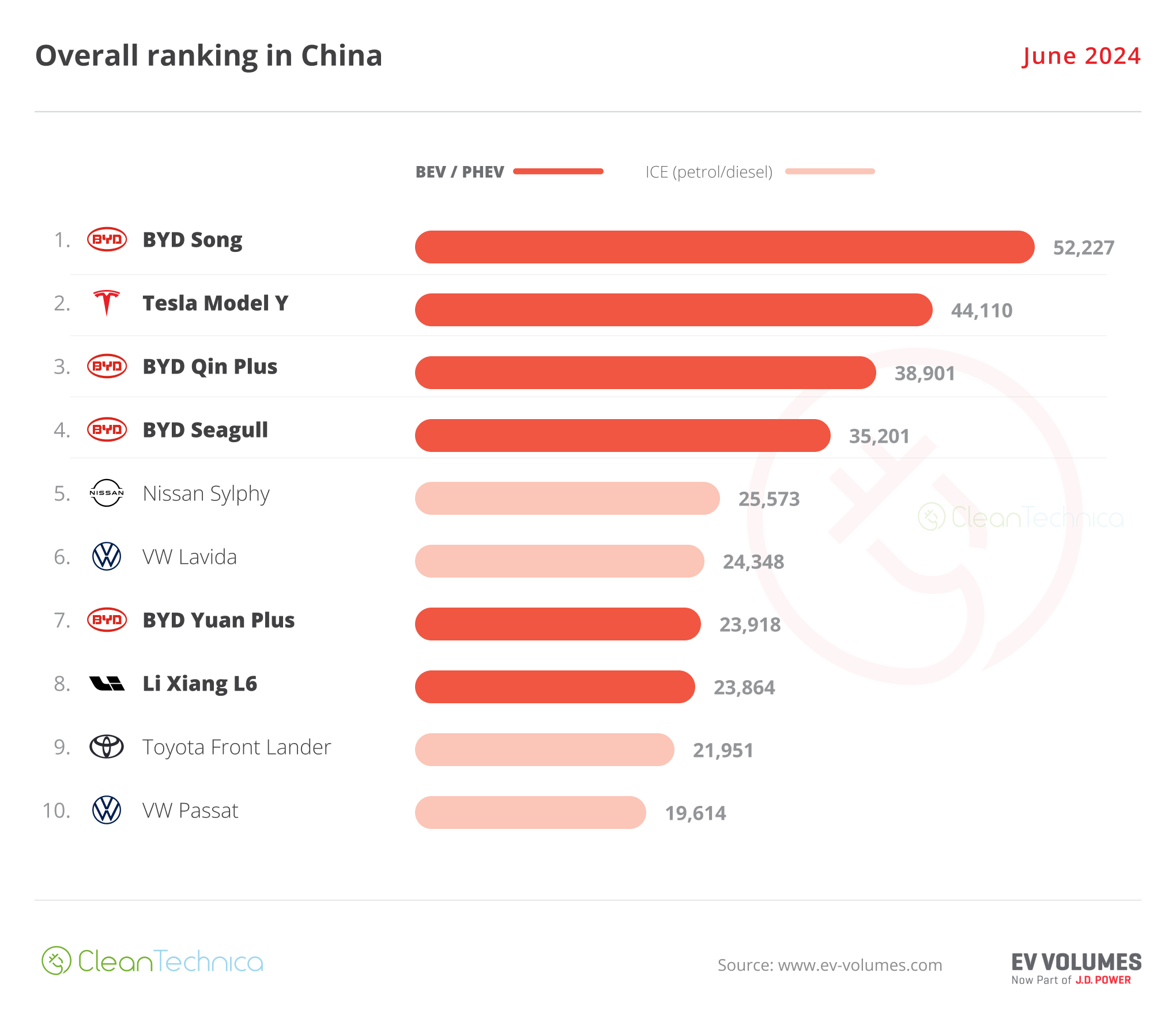Sign up for daily news updates from CleanTechnica on email. Or follow us on Google News!
“Getting off the gas” seems to be easier said than done. A bit like giving up smoking, or Dry July. But two recent examples in Australia show how it can be done — there are hard ways and easy ways. But no patches or vapes for this one. Why does Australia need to get off gas? Apart from the existential crisis of climate change, there is the looming European Union Carbon Border Adjustment Mechanism. Approximately 11% of Australia’s exports go to the EU. Plus, gas is expensive.
Alan Kohler, a noted media economist, cites the example of Esperance in Western Australia. They did it the hard way. Esperance is a town in the Goldfields–Esperance region of Western Australia, on the Southern Ocean coastline approximately 720 kilometres (450 mi) east-southeast of the state capital, Perth. The urban population of Esperance is approximately 14,000. Its major industries are tourism, agriculture, and fishing. The shire of Esperance has one of the lowest population densities to be found in Australia.
In September 2021, residents of Esperance were told the gas was going to be cut off. Why? Because the company wasn’t making enough profits! Esperance Gas Distribution Company Pty Ltd gave the residents 6 months to change over.
“The government and Horizon Power, the state electricity company, cut a deal for an extra year of gas (ie they paid for it) and then set about converting the entire town to electricity, which was achieved on March 31, 2023. The Western Australian government spent $10.5 million to switch 379 households and businesses from gas to electricity, or $27,700 each, on average.”
The lesson is that, as reliance on fossil fuels diminishes, the point comes when it is no longer profitable and therefore possible to keep up supply — the final moment may come suddenly and be very expensive, leaving people to eat raw food and freeze. A return to our colonial roots, perhaps.
The Western Australian state government provided a AU$10 million transition fund to enable each affected household to buy new appliances — like for like. Horizon Power even brought in a celebrity chef to do a cooking demonstration on electric induction stoves. “And really interestingly, after we did that, we had quite a spike in customers saying, ‘Oh, I get this thing. Now, that looks really cool. I’d actually like to go with induction,’” Stephanie Unwin, the CEO of Horizon Power, recounts.
Unwin adds that the locals made their decisions based on advice from Esperance tradespeople. “So, a really important part was also helping those local trades be educated in these new things like heat pumps, and the induction cooktops.” Customers found that Horizon smoothed the transition by coordinating the tradies, making sure they had the qualifications, making sure they completed the work to standard, and confirming they were appropriately insured.
Not all local Esperance businesses were able to transition. Laundromats and grain drying businesses have resorted to using bottled gas. Esperance is still using gas to generate electricity. Currently, 50% comes from gas and 50% from wind and solar. The use of gas in the mix is expected to be reduced over time.
“We expect households will save on average 38% of their energy bills,” says Unwin, “while supporting the reduction of Esperance’s carbon footprint.” She hopes that data collected by Horizon power will help other communities as they phase out gas. “You do need an end date in order to help people through the transition, and you need a very clear process that has been funded.”
You can hear the full interview with Stephanie Unwin on the SwitchedOn Australia podcast here.

Esperance switched from gas to electric under duress and with a short time frame. Canberra, the capital of Australia, has a hopefully easier plan with a longer time frame. Twenty times longer. The Australian Capital Territory (ACT) government’s new Integrated Energy Plan (IEP) details the well-funded transition to cheaper, cleaner energy over the next 20 years. The aim is for Canberra to become an all-electric city.
Canberra’s Sustainable Household Scheme (SHS) has supported 20,000 homes to electrify their appliances and transport. This is 10% of Canberra households. “A household that swaps gas cooking, heating and hot water for efficient electric appliances can save around $735 per year — or even more with the addition of solar. While many households will be able to make these changes in coming years, we know that some households will need support to do so.” Canberra has the highest penetration rate for electric vehicle sales out of all the states and territories of Australia.
According to ACT Chief Minister and Minister for Climate Action Andrew Barr: “Swapping from gas to electric appliances and investing in energy efficiency will deliver significant bill savings to Canberrans. For the 18,700 households that have already taken up loans under the SHS, to date they have already saved an estimated $43 million on their energy bills.”
By the end of 2030, the ACT government will “electrify all feasible community and public housing properties.” The work has already started and includes energy efficient improvements. Canberra is inland and thus has a wide range of temperatures — from below freezing in winter to 28 degrees (Celsius) in summer. In total, 350 low-income households will be supported by the Community Partnership Electrification Program to cover the upfront costs of energy efficiency upgrades and electrification.
“Approximately 880 public and 132 community housing properties have already received upgrades such as ceiling insulation and gas to electric appliance upgrades,” Yvette Berry, ACT Minister for Housing, tells us.

Apartment residents, who may face additional challenges, will be supported by the IEP by a new Retrofit Readiness program. Advice can be sought for electrification advice planning for multi-unit buildings. “The IEP will also deliver strata reform work to identify and resolve regulatory barriers.” Training subsidies will be available to create the crucial skilled workforce — in particular, for the Certificate III in Electrotechnology Technician training. “Australia’s first TAFE Centre of Excellence is also being hosted at the Canberra Institute of Technology in the ACT, and will focus on electric vehicles.”
Of course, these actions are not without their detractors, with some raising the spectre of not being able to enjoy their gas outdoor BBQ on the few balmy evenings that Canberra provides. You don’t want to get between an Aussie and a nice piece of BBQ’d steak! I guess we can allow fossil fuels in some niche places. Nevertheless, Esperance has shown it can be done, and Canberran politicians have given the transition plenty of lead time and funding. Unlike Esperance, Canberra already gets all of its electricity from renewable sources.
I asked Canberra residents Ann and Peter for their thoughts: “… I would simply note that the ACT Energy Plan seems sensible, providing a long-term transition process to renewable energy sources. Cost will always be the main driver of such changes, specifically gas became more expensive than renewables, but as the capital cost of changing over is significant, the government is now helping families to make that expensive changeover,” Peter tells me.
“On a more personal note, Ann and I bought our current house about 10 years ago. The major appliances were all gas; central heating, hot water heater, gas cooktop and the outdoor BBQ was plumbed into the natural gas line. Over the last decade ACT gas prices rose significantly and our annual gas bill rose accordingly, so we made the decision to gradually replace these appliances. Our transition to all electric was staged over a five year period because of the large expenses involved. Our first step was a 10kW PV system. We then replaced our gas cooktop with an induction one and our gas heating with a combined aircon/central heating unit. The instantaneous gas hot water heater was replaced with a heat pump system and the BBQ now has a gas bottle. When we bought an EV and installed a charger in the garage we upgraded our electrical board to 3 phase power. Overall, it’s been an expensive process but it has dramatically reduced our energy costs. We have eliminated the huge gas bill completely (along with its service charge) and the feed-in tariff from the PV system often results in an electricity bill with a credit.

In Brisbane, we have also been on a journey — our living room was once heated with a wood burning fire, then a gas heater was installed. Recently, we have had that removed and replaced with heat pumps. Like Peter and Ann, we have a power bill with a credit.
The future continues to be brighter and more electric.
Have a tip for CleanTechnica? Want to advertise? Want to suggest a guest for our CleanTech Talk podcast? Contact us here.
Latest CleanTechnica.TV Videos
CleanTechnica uses affiliate links. See our policy here.
CleanTechnica’s Comment Policy




